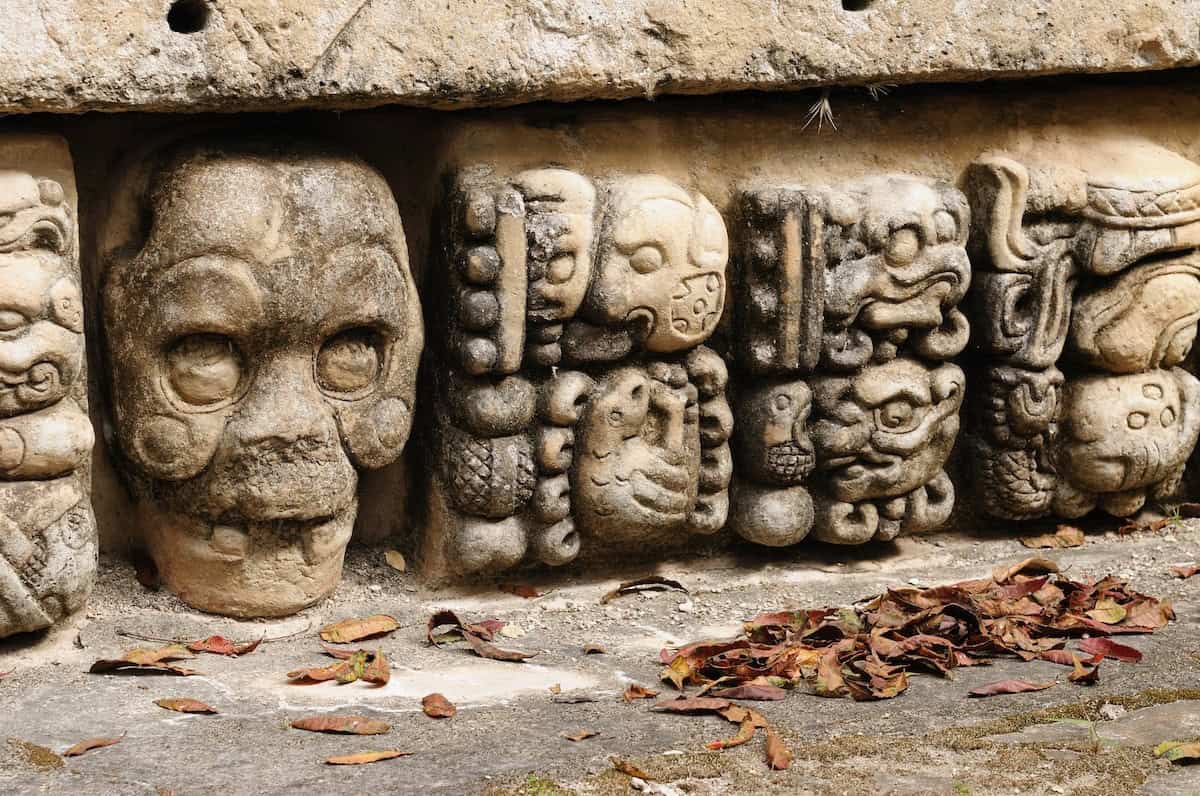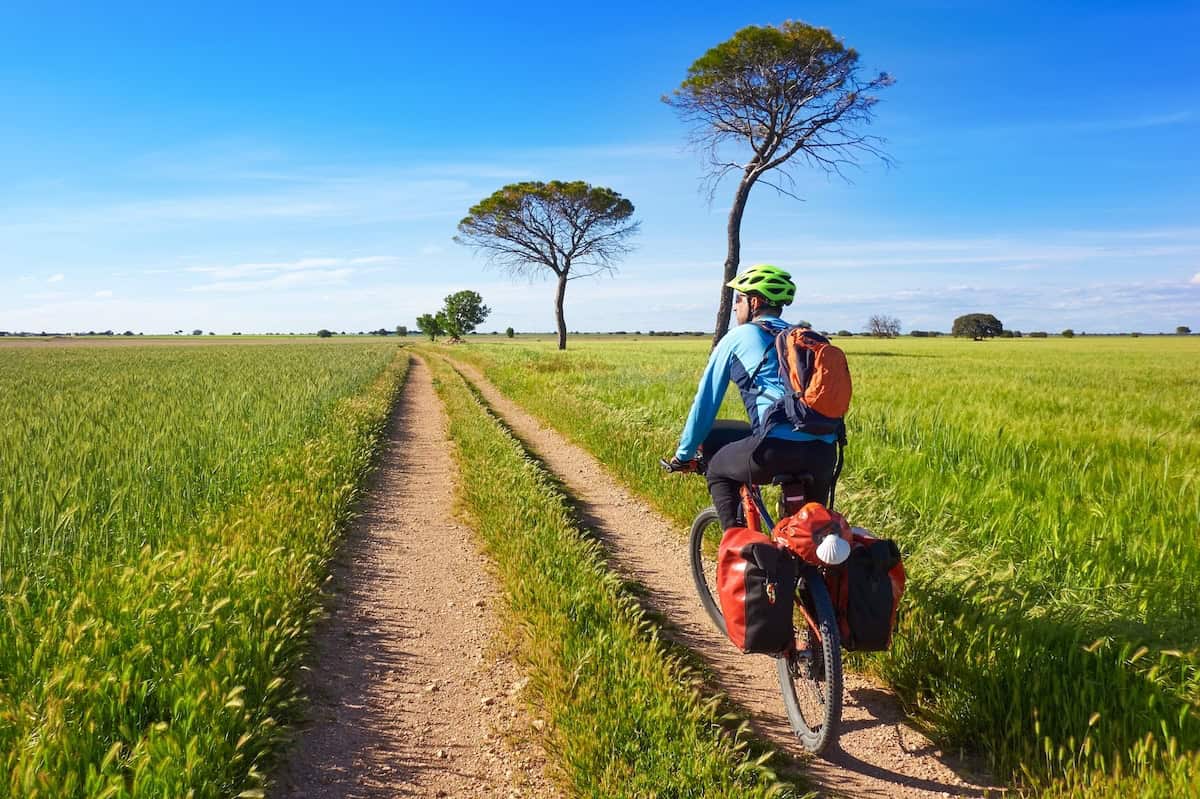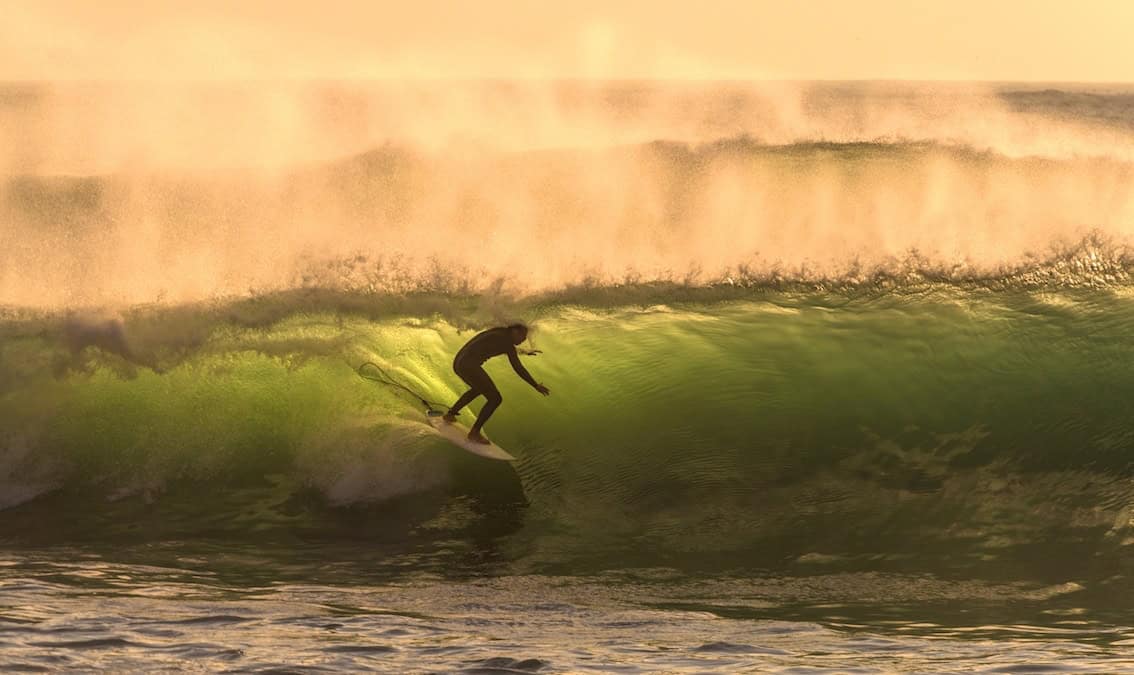Explore the roads less travelled across this fascinating region to discover hidden Maya remains, idyllic tropical islands and charming colonial cities

Nicaragua
A land born of poetry, fire and brazen revolutionary spirit, few countries can boast such an authentic character as Nicaragua. The countryside is a lush, pastoral ramble of organic coffee fincas and cattle ranches, communal cooperatives and family-owned ranchos, and there are charming Spanish colonial cities to explore. Wilder regions include a cloak of primordial rainforests and a spine of 19 volcanoes, many of them prone to violent explosions.
Isla de Ometepe is a bastion of peace, tranquillity and numinous volcanic beauty on Central America’s largest lake, Lago Nicaragua – hike the volcanic cones, cool off in natural springs, bike peaceful roads and watch for howler monkeys and wonderful birdlife.
Set against the expansive landscape of Lake Nicaragua and Volcán Mombacho, Granada is Nicaragua’s most handsome and romantic city, an endlessly photogenic place that blends wistful colonial grandeur with vibrant local street life. Though many of the city’s elegant Spanish houses and thronging public squares are reconstructions of earlier structures, Granada, a bastion of old money and conservatism, has remained largely faithful to its original design.
León (above), another old city with wonderful colonial Spanish architecture, is the artistic and intellectual heart of the country, the spiritual home of Nicaragua’s greatest poets. A wealth of satirical murals, bombed-out ruins and bullet-marked buildings are evidence of the city’s turbulent revolutionary past, whilst its student population lends it a vibrant nightlife. Stroll its historic streets, noting the infinite variety of elaborate doors, ceiling work and window ironwork, as well as sneaking peeks inside the grand houses to see their lush interior gardens. Each barrio supports its own unique church and beautiful colonial homes.
Surfing is great all down the Pacific coast of Nicaragua, particularly in the south. The country is home to some 700 bird species. Reserva Biológica Indio-Maíz has primary rainforest that’s home to green and scarlet macaws, whilst the Refugio de Vida Silvestre Los Guatuzos has gallery forest and wetlands teeming with aquatic birds. The northern mountains of Jinotega and Matagalpa are home to many prize bird species too, but for those with time, patience and rugged constitutions, the hard-to-reach Bosawás Biosphere Reserve promises some of the best birding in Central America.
El Salvador
Largely as a result of civil war and natural disasters, El Salvador’s tourist infrastructure isn’t as developed as in neighbouring countries, but there are compelling reasons to visit: dramatic volcanic landscapes, blue-green lagoons, horizon-filling panoramas and golden beaches.
There’s divine trekking in the northern hills around El Poy and Perquín, with far-reaching views across staggered horizons. The stark cinder cone of Volcán Izalco offers a challenging but rewarding trek from the slopes of Cerro Verde, while El Imposible National Park provides the chance to visit a forest. Along the coast, choose from surfing, diving or simply lazing around and watching the endless display of Pacific sunsets.
The Ruta de las Flores is a notably highlight: soak up the warmth, colour and disarming rural charm of El Salvador’s beautiful Route of Flowers, dotted with handsome highland towns. There’s a thriving arts and crafts scene, colonial architecture, great festivals and it’s a foodie’s heaven. Steeped in fragrant coffee groves and bucolic highland scenery, Ruta de las Flores climbs northwest towards Ahuachapán, gently wending on Route CA 8. There are a number of excursions you can do in the area to see wildlife, including river otters, toucans, butterflies and many other animals.
Joya de Cerén is a major archaeological site, the only UNESCO World Heritage-Listed site in El Salvador – though it’s not the place to see spectacular temples, this is the only known site where ordinary Maya houses have been preserved, having been buried by the ash from the nearby Laguna Caldera volcano in about AD 600.
Parque Nacional Cerro Verde has fine and surprising views of Izalco volcano (1910 m) and Santa Ana volcano (2381 m), the highest in the country. Cerro Verde is probably one of the most beautiful places in El Salvador, with its special flora and fauna, breathtaking views and fine volcano trekking.
Suchitoto, meaning ‘the place of birds and flowers’ in Náhuatl, is a small, very attractive colonial town with cobbled streets, balconied houses and an interesting church. Cultural traditions are kept alive by the many artists living and working here. Several hotels and restaurants offer fantastic views towards Suchitlán and Volcán Guazapa. More than 200 species of bird have been identified in the area, and white-tailed deer inhabit the local woods.
Honduras
The northern Caribbean coast and beautiful Bay Islands are a natural focus and a prime destination for visitors. But there’s plenty to see elsewhere: inland, mountainous terrain creates obstacles to easy, direct travel – but also provides good trekking and hiking through swathes of beautiful hillside, much of which is dotted with small communities.
Mighty Celaque, the highest peak in Honduras, beckons intrepid hikers from the refreshing mountain town of Gracias. Once you’ve climbed its slopes and explored its cloudforests, you can descend to nearby hot springs and soak your weary limbs.
The magnificent ruins of Copán (main image) are the most significant in Honduras, and mark the southeastern limit of Maya dominance. It’s notably for its stone carvings, some of the most complex of which are found on the 21 stelae, 3m-tall columns of stones on which the passage of time was originally believed to have been recorded. The stelae are deeply incised and carved with faces, figures and animals. There are royal portraits with inscriptions recording deeds and the lineage of those portrayed as well as dates of birth, marriage and death. You can also see ball courts, while the Hieroglyphic Stairway leads up a pyramid; the Rosalila Temple, in Temple 16, is open to visitors, though the most atmospheric buildings are those still half-buried under roots and soil.
La Mosquitia (Mosquito Coast), accessible only by air or sea, is one of Central America’s most remote destinations, a vast expanse of rivers and swamps, coastal lagoons and tropical forests filled with wildlife but with few people. Venture to Reserva de la Biósfera Río Plátano, home to scarlet macaws, harpy eagles, jaguars and tapirs.
Elsewhere, rafting is increasingly popular in Honduras, the hotspot being the River Cangrejal, near La Ceiba, where Grade II, III and IV rapids test both the novice and experienced paddler.
Panama
The isthmus that links the Americas is a fiercely multi-ethnic place, blending vibrant traditions from Europe, Asia, Africa and indigenous America. And as a bridge between the continents, it is a bastion of ecological diversity too. A third of the national territory is an officially protected area with tropical rainforests, wetlands, rivers, mountains, cloudforests, offshore islands and coral reefs playing host to some of the most biologically varied and brilliantly coloured wildlife anywhere. Coastal regions are already popular for beach-lazing and surfing, with the Bocas del Toro archipelago a favourite for backpackers. But there’s much else to discover.
Go native in Panama’s indigenous Comarca Guna Yala (San Blas archipelago), a string of some 400 islets and a precious haven of calm and tranquility. Many of islands are entirely uninhabited, home only to verdant palm trees, resplendent coral reefs, gorgeous white-sand beaches and warm, gentle waters.
Volcán Barú, Panama’s highest peak at 3475 m, and nearby Cerro Punta are the two best climbs in the country but there are several excellent long walks. The hike from Cañita on the Darién road over the continental divide to Cartí is an alternative to flying to San Blas. The Camino de Cruces and Camino Real are jungle walks that follow in the steps of the conquistadors crossing the continental divide and, if combined into an ocean-to-ocean hike, take eight days. A good range for hiking is the Serranía de Majé east of Panama City, visiting Embera villages and its howler monkey population. Closer is the Parque Nacional Chagres and a three-day walk from Cerro Azul to the coast.
Surfing is best at Isla Grande, Playa Venado on the Azuero Peninsula, Santa Catalina on the Pacific coast of Veraguas and Bocas del Toro. Also check out Playa Río Mar near San Carlos, just 1.5 km from Panama City, and Río Mar Surf Camp.
Don’t miss the chance to gawp at the massive canal locks at Miraflores and Gatun, and the historic Casco Antiguo of Panama City, dating back to 1673, dotted with fascinating Hispanic colonial buildings.
Southern Belize
Understandably, most visitors to Belize head to the cayes – stretches of golden sand atop the barrier reef that stretches off the east coast – or to dive the world-famous Blue Hole. But the less-visited southern half of the country is packed with wildlife, Maya sites and indigenous villages.
Caracol is a rediscovered Maya city, which was established about 300 BC and thrived well into the Late Classic period. The Sky Palace (Caana) pyramid, climbing 42 m above the site, is being excavate.
Farther north, and more easily accessible from Cayo, Actun Tunichil Muknal (ATM; the Cave of the Stone Sepulchre) in the Tapir Mountain Nature reserve offers 3 1⁄2 hours of adventurous, exhilarating caving. Besides the beautiful rock formations, this cave is full of Maya artefacts and sacrificial remains.
Xunantunich (‘Maiden of the Rock’) has are Classic Maya remains in beautiful surroundings, with three plazas, many temples and the remains of a ball court, and surmounted by the Castillo. At 130 ft, this was thought to be the highest artificial structure in Belize until the Sky Palace at Caracol was measured. The impressive view takes in the jungle, the lowlands of Petén and the blue flanks of the Maya Mountains.
Cockscomb Basin Wildlife Sanctuary protects the country’s highest recorded density of jaguars, plus puma, endangered ocelot, diurnal jaguarundi and margay. Many other mammals share the heavily forested reserve, including coatis, collared peccaries, agoutis, anteaters, Baird’s tapirs and tayras (a small weasel-like animal). There are red-eyed tree frogs, boas, iguanas and fer-de-lances, as well as over 290 species of birds.











